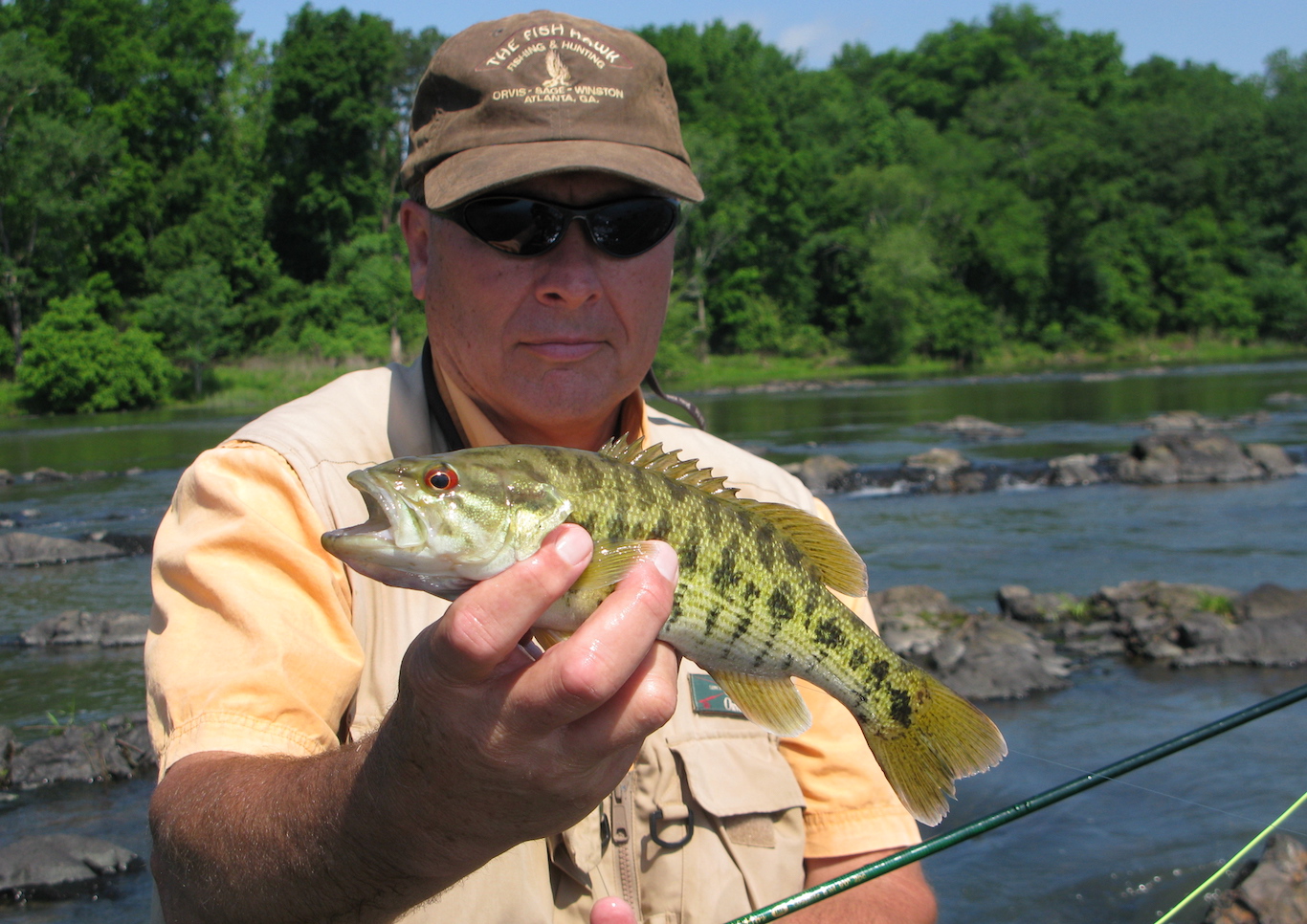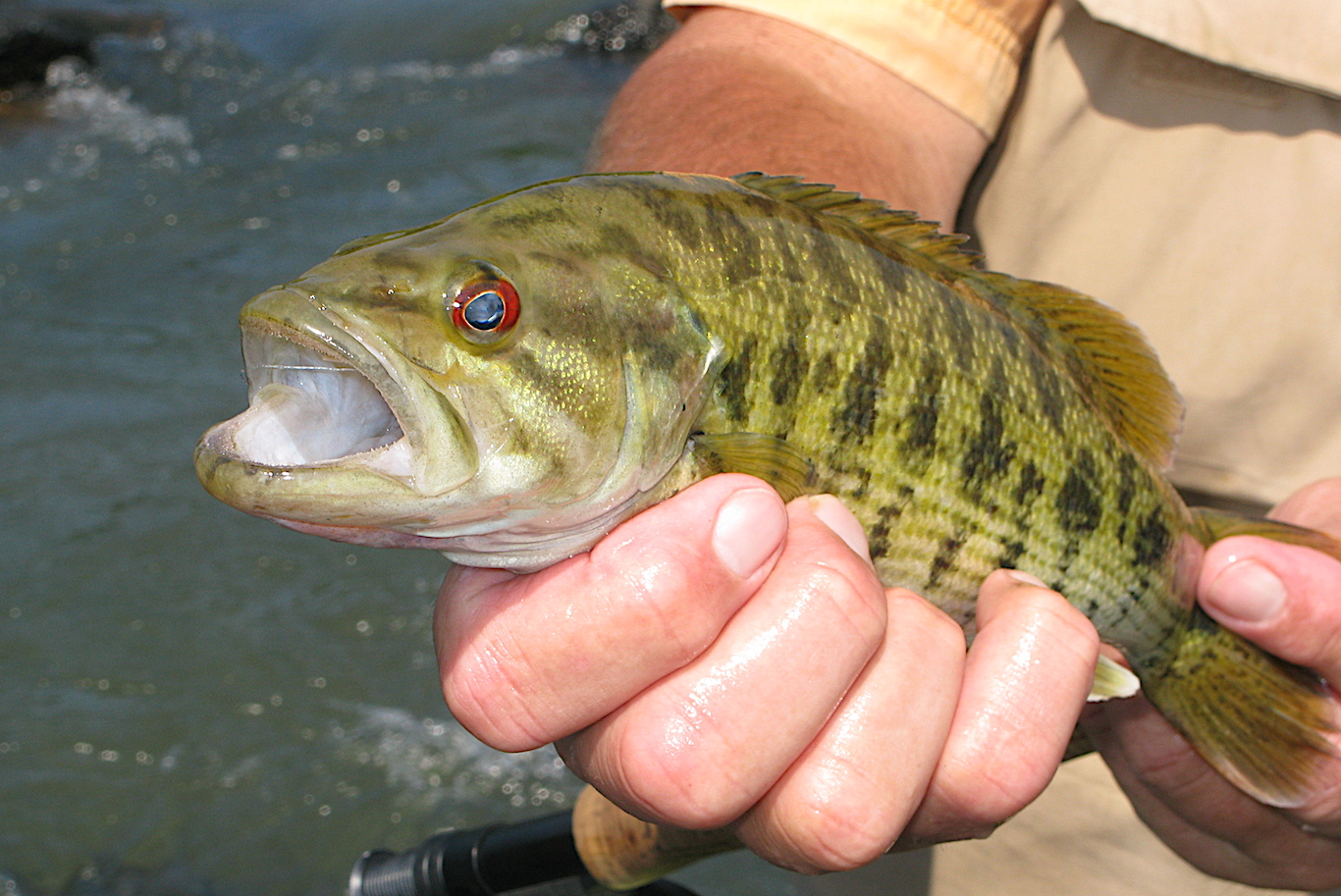 The colorful Bartram's bass are found above the fall line in the Savannah river basins. (Photo by Polly Dean)
The colorful Bartram's bass are found above the fall line in the Savannah river basins. (Photo by Polly Dean)
August 31, 2018
By Polly Dean
 The colorful Bartram's bass are found above the fall line in the Savannah river basin. (Photo by Polly Dean)
The colorful Bartram's bass are found above the fall line in the Savannah river basin. (Photo by Polly Dean)
While all agree that largemouth and smallmouth are the most-targeted, with spotted bass not far behind. But, there are a number of lesser-known species of black bass that deserve respect, too.
Black bass, specifically largemouth, are the most sought-after sportfish species in North America.
Found in all of the 48 contiguous states and the largest of the bass species, it is no wonder that the largemouth garners so much attention. Smallmouth bass are almost as equally dispersed, also sharing the greater portion of popularity among black-bass anglers. And where they are prevalent, spotted bass have a lot of fans, too.
Advertisement
But did you know there are many more species of black bass in America?
The answer as to how many species there are is arguable. Depending on whom you ask in the scientific community, there really is no definite number. There is much diversity in the black-bass genus of Micropterus, with a number of species belonging to an extremely limited geographic location.
However, there are nine species that most experts are in agreement on:
Advertisement
Alabama bass, Florida bass, Guadalupe bass, largemouth bass, redeye bass, shoal bass, smallmouth bass, spotted bass and Suwannee bass.
Beyond these, the picture gets muddy, with genetics and geography playing a role in identifying subspecies. In fact, Georgia recognizes 10 black bass species — largemouth, smallmouth, spotted, shoal, redeye, Chattahoochee, Altamaha, Bartram's, Suwannee and Tallapoosa (see story below) — so it's clear there's discrepancy out there.
Though receiving less recognition, anglers familiar with these species realize the angling value they provide. Many are found in rivers and moving water, adding to their feistiness, making them especially appealing to light tackle and fly fishermen.
 Lateral stripe ends in a series of blotches toward the tail on the Alabama bass. On the spotted bass they form a solid line. (Photo by Jimmy Jacobs)
Lateral stripe ends in a series of blotches toward the tail on the Alabama bass. On the spotted bass they form a solid line. (Photo by Jimmy Jacobs)
Alabama Bass
Micropterus henshalli
Alabama bass are native to the Mobile River drainage of Alabama, Georgia and Mississippi. Also introduced in lakes and rivers of other states, California holds the record for this species with a 10-lb. 4-oz. fish from Pine Flat Lake. Their preferred habitat is flowing pools and runs of small to medium rivers over silt, sand, or gravel.
The species is so similar to the spotted bass (Micropterus punctulatus, also known as Kentucky bass) species, that they are lumped together by many fisheries biologists. However, growth rates of Alabama bass exceed that of spotted bass, with Alabama bass commonly exceeding 20 inches in length versus 16 inches for spotted bass.
A distinguishable characteristic of Alabama bass is that the blotches above the lateral band do not touch the first dorsal fin, whereas on the spotted bass the blotches do touch the first dorsal fin.
Florida Bass
Micropteus floridanus
Often referred to interchangeably with largemouth bass, the Florida bass is actually another species.
Bass anglers, especially in Florida, know that these fish have a longer life span than their slightly smaller cousin, the largemouth, thus growing a few pounds larger.
Due to their trophy value, Florida bass and their hybrids with largemouth have been introduced throughout the southern United States from Florida to California, and all continents except Antarctica.
Weighing in at 22 pounds, 4 ounces, the world-record largemouth caught in south-central Georgia by George Perry in 1932, is believed by many to be a hybrid of Florida bass and largemouth.
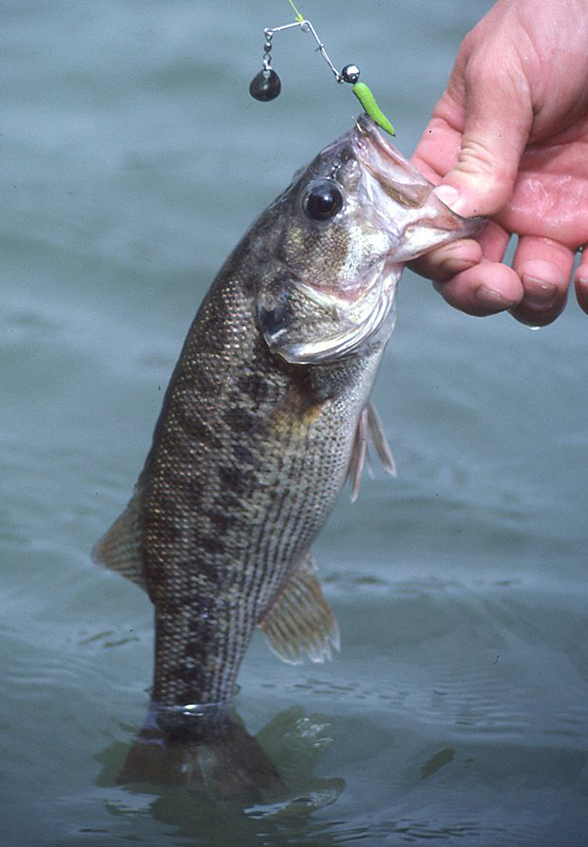 Unique to Texas, Guadalupe bass are their state fish. They are greenish in color, with their coloration extending lower on the body than the spotted bass. (Photo by Gordon Whittington)
Unique to Texas, Guadalupe bass are their state fish. They are greenish in color, with their coloration extending lower on the body than the spotted bass. (Photo by Gordon Whittington)
Guadalupe Bass
Micropterus treculi
The Guadalupe bass, found only in Texas, is their official state fish.
This small member of the black bass family is endemic to the northern and eastern Edwards Plateau including the San Antonio River, the Guadalupe River, the Colorado River, and portions of the Brazos River drainage.
Relatively small populations are also found in the lower Colorado River.
Introduced populations exist in the Nueces River system.
Unfortunately, the introduction of smallmouth bass has diminished pure Guadalupe bass from the Blanco and the South Concho River.
Due to their adaptation to small streams, Guadalupe bass remain small in size. However, a propensity for fast-flowing water and their ability to utilize fast water to their advantage when hooked, make them a desirable sportfish species.
Guadalupe bass tend to stay in pools and raffles or hiding behind rocks where they congregate and wait to ambush prey fish. They are not afraid of rapids and when found there, are often found near eddies. They can also be found in turbid downstream sections of rivers that have gravel riffles and at heads of deep pools. They also seek out cover such as large rocks, cypress knees and stumps for refuge.
A specimen greater than 12 inches is considered a trophy. The world record is a 17-inch, 3.71-pound fish caught in the Colorado River below Austin in 2014.
The Guadalupe bass is generally green in color and may be distinguished from similar species in that it doesn't have vertical bars like smallmouth bass, its jaw doesn't extend beyond the eyes as in largemouth bass, and coloration extends much lower on the body than in spotted bass.
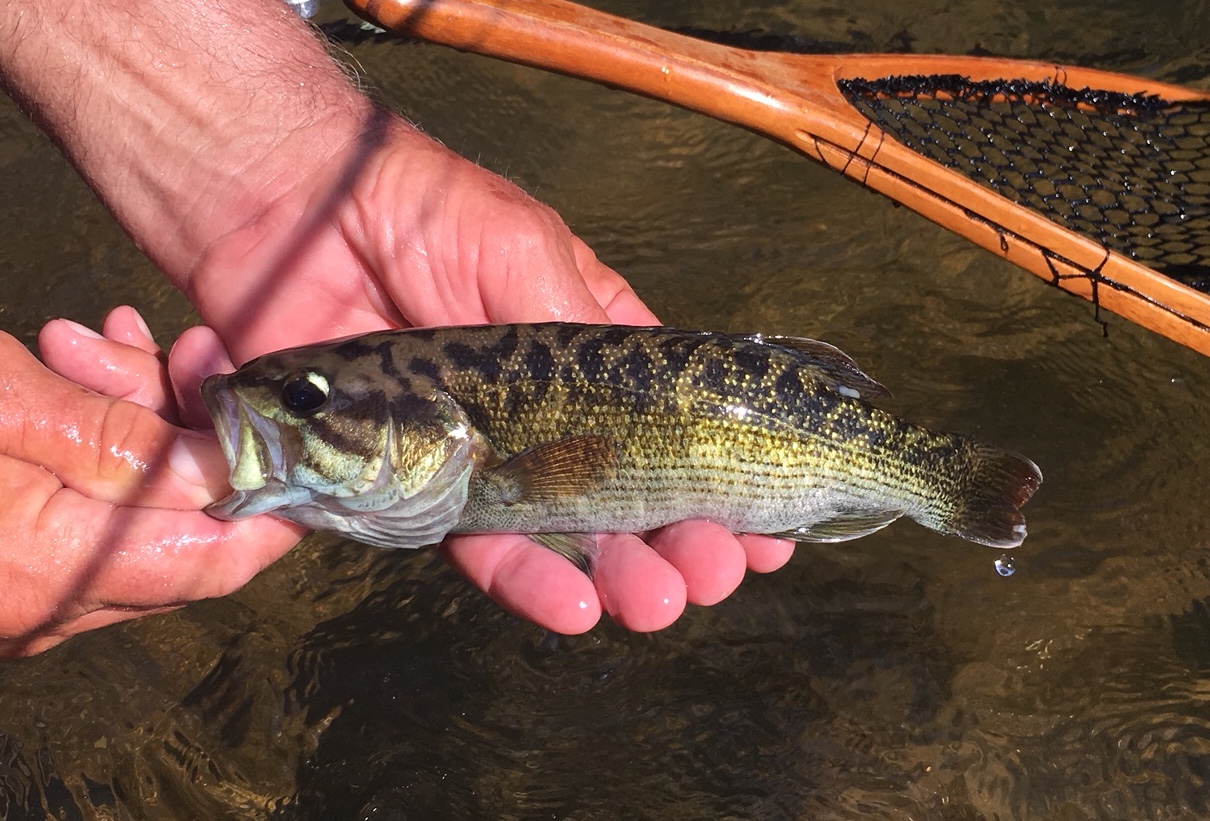 The red coloration with white edges of the fins are apparent on this redeye bass caught from the Amicalola River in Georgia. (Photo by Polly Dean)
The red coloration with white edges of the fins are apparent on this redeye bass caught from the Amicalola River in Georgia. (Photo by Polly Dean)
Redeye Bass
Micropterus coosae
Redeye are a smaller black-bass species averaging 5 to 16 inches in length. A 12-inch catch is a good one. They are olive green to bronze with pale bellies, have a series of dark vertical blotches along their sides that usually disappear with age, and have numerous small dark spots below the lateral line that form horizontal rows.
The dorsal fin is continuous and not deeply notched, and lateral blotches do not form a horizontal band. Redeye bass differ from all other bass species in that the second dorsal, caudal, and anal fins have brick red coloration on the outer portions with white edges.
Originally, it was restricted to Alabama, Georgia, South Carolina, North Carolina and Tennessee. The range occupied mostly of upland streams and rivers. Redeyes are currently found in several states to the north and west (Kentucky, West Virginia, Arkansas), and also California and Puerto Rico. Redeye growth is much slower than other black bass, but faster in reservoirs than rivers with the world record a little over 5 pounds from Lake Jocassee, South Carolina.
Redeye bass are ambush predators and like to use cover and current breaks to their advantage. Work your bait around these types of cover. Target areas behind and in front of large rocks that break the current. Also look for trees laying in the water around deep pools.
Redeye bass are scrappy fighters that eat other fish and crayfish. Try starting off with a 4-inch finesse worm on an 1/8-ounce shaky head. Others may prefer a small minnow bait such as a floating Rapala, or a spinnerbait such as a Satilla spin, Roostertail, or a popping bug on a fly rod.
Subspecies include coosae, cahabae, chattahoochae, tallapoosae and warriorensis
Shoal Bass
Micropterus cataractae
Shoal bass are native to the Apalachicola drainage, which includes the Chattahoochee and Flint River in Alabama and Georgia. and the Apalachicola and Chipola rivers in Florida. They were introduced into the Ocmulgee River and have expanded down into the Altamaha River.
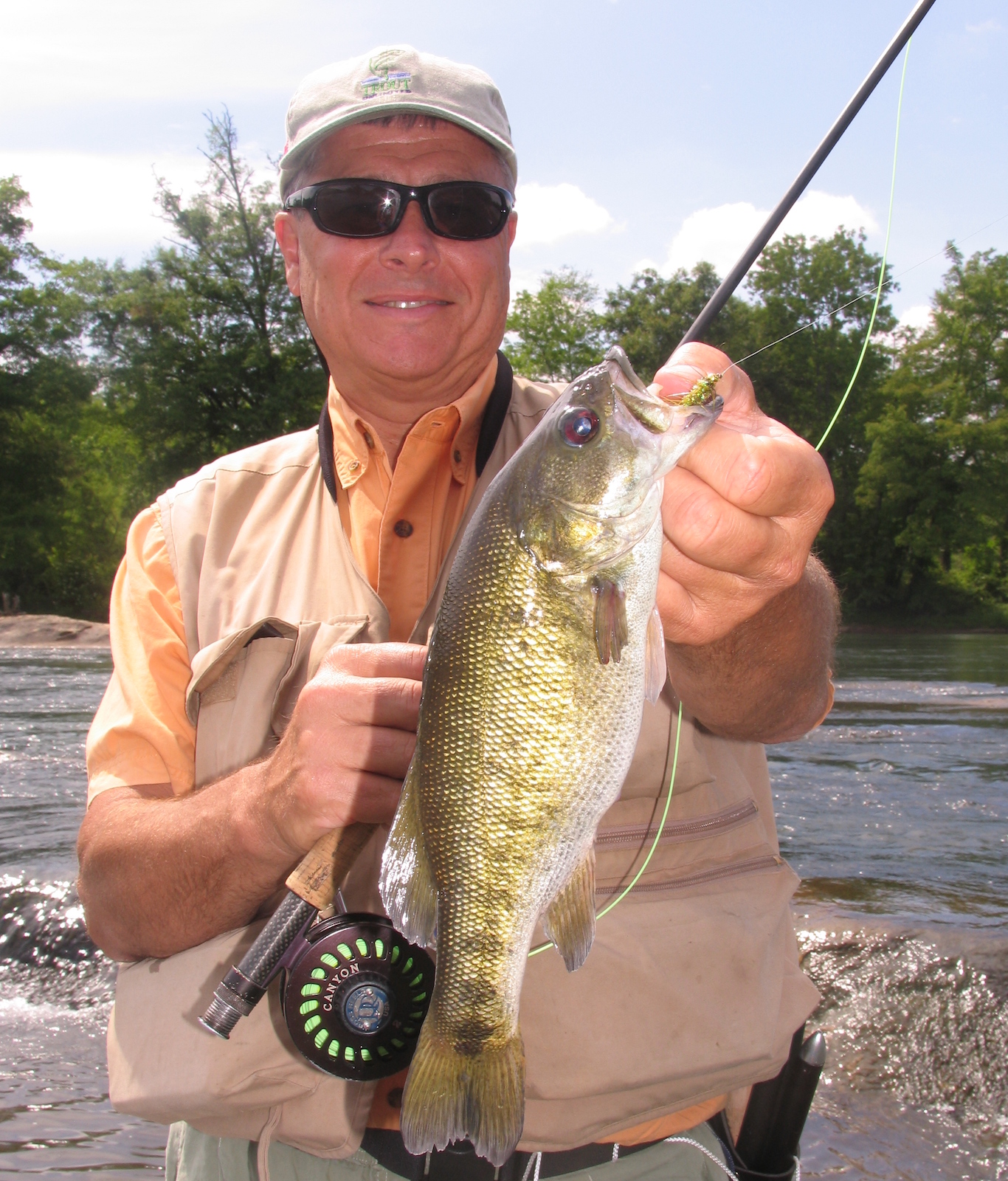
A distinct characteristic of the shoal bass is the dark spot usually found at the base of the tail. (Photo by Polly Dean)
Micropterus notiusFound in the Ichetucknee, Sante Fe, St. Marks, Suwannee, Wacissa and Wakulla rivers of Florida, and the Alapaha, Ochlockonee and Withlacoochee rivers of Florida and Georgia, the Suwannee bass has the smallest range of the black basses.
[caption id="attachment_101308" align="alignright" width="350"] The Suwannee bass world record is a 3.89-pounder from the Suwannee River in 1985. (Photo by Jimmy Jacobs)
Females grow more rapidly, attaining larger sizes up to 16 inches or more. Males may surpass 13 inches.
The world record is a 3.89-pounder from the Suwannee River in 1985. Suwannee's prefer deep sweeping bends. Larger adults are known to hang out in woody cover similar to the way a largemouth does.
Target structure in the river such as cypress trees, boulders or laydowns. Don't be afraid to cast out in the middle of the river channel for Suwannees as they can be anywhere in these smaller rivers
Suwannee bass are known for their love of eating crawdads, so jigs or crayfish-imitating soft plastics will do the trick.
Dark-colored plastic crawfish and brush-hog imitations rigged Texas style with a 1/4- to 3/8-ounce weight depending on the flow. Small spinners like roostertails and mini crankbaits work well on light spinning gear filled with 8-pound test.
Fly rod anglers can use streamers and poppers and anything else that works on largemouth bass.Suwannee bass have a series of dark, vertical, diamond shaped blotches along the lateral line, which may form a band. Mature Suwannee bass may have bright bluish coloring on the cheeks, breast, and ventral parts. Unlike largemouth bass, the upper jaw does not extend beyond the eyes and the dorsal fin is continuous and not deeply notched.
Additional Black Bass
The list of black bass species is even longer than those mentioned here and continues to grow as biologists study the populations. Some species are recognized solely by the drainage they live in and most can only be identified with genetic testing.
Other species such as Coosa, Warrior, Cahaba, TallapoosaChoctawSpotted bass, a popular gamefish, are quite common after being introduced into numerous water systems beyond their native drainages. One disturbing conservation issue facing fisheries managers today is rapid loss of smallmouth and other Micropterus
Suwannee Bass, and Chattahoochee bass are another species that had not been recognized for decades. Biologists and anglers had not realized this bass, which inhabits coastal river systems in the western Florida Panhandle and Alabama, was actually distinct from the spotted bass.
Choctaw bass can usually be distinguished from other basses by counting scales, fin rays and gill rakers, which are comblike projections inside the gills. Foolproof identification, however, requires genetic testing.species, when spotted bass are introduced into existing fisheries, due to hybridization or crowding out of other species.
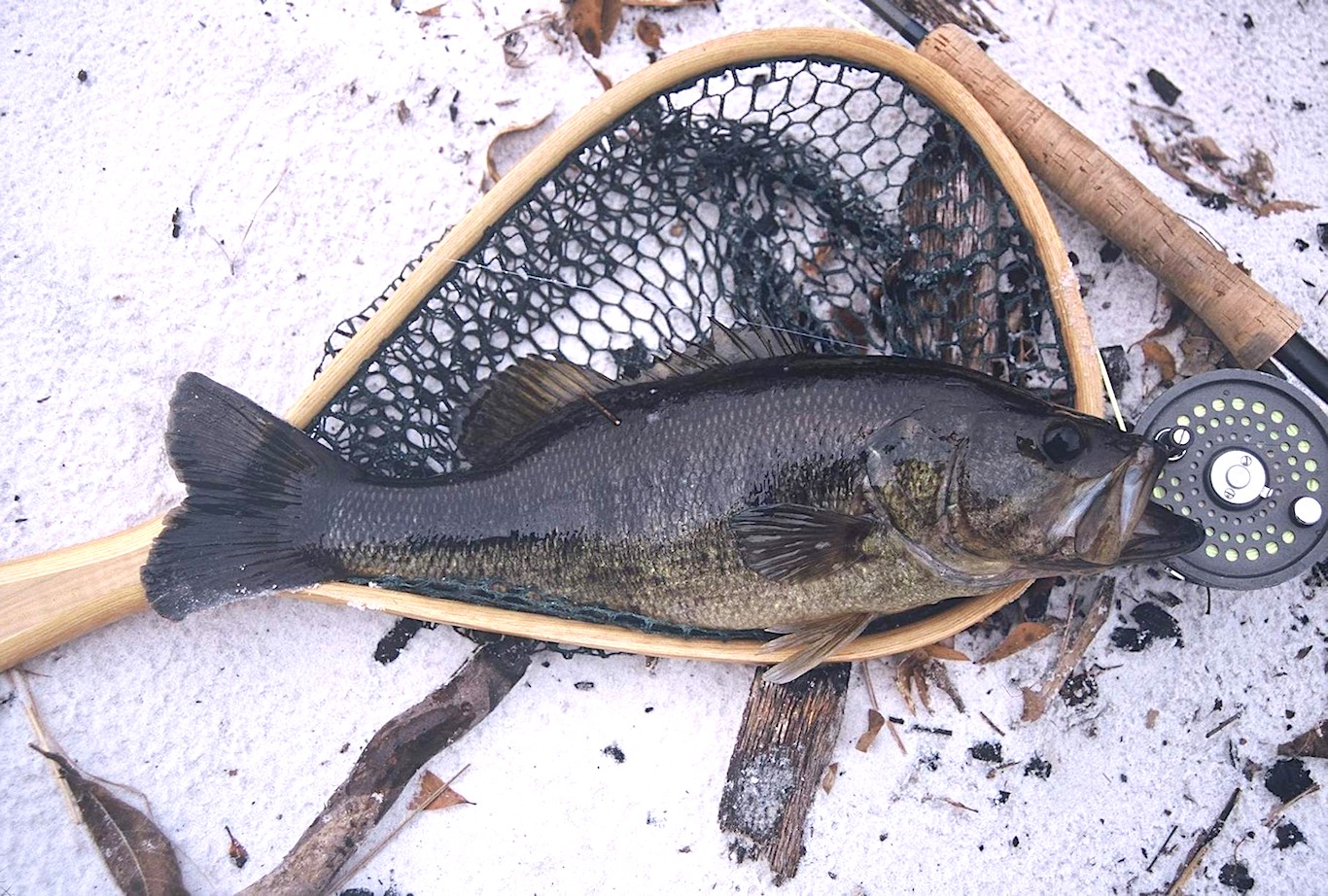
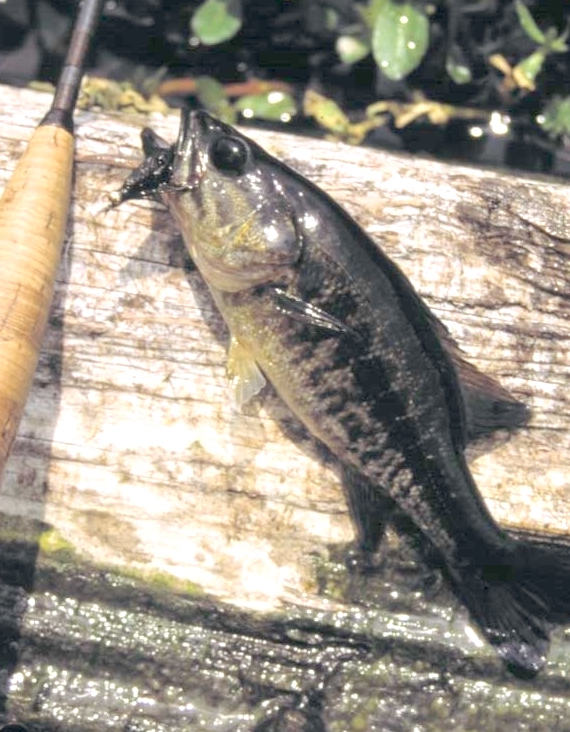
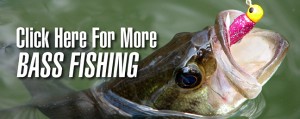 bass (labeled based on their respective drainages) were once recognized as redeye bass. The Alabama bass was formerly known as spotted bass in the Mobile drainage.
bass (labeled based on their respective drainages) were once recognized as redeye bass. The Alabama bass was formerly known as spotted bass in the Mobile drainage.
